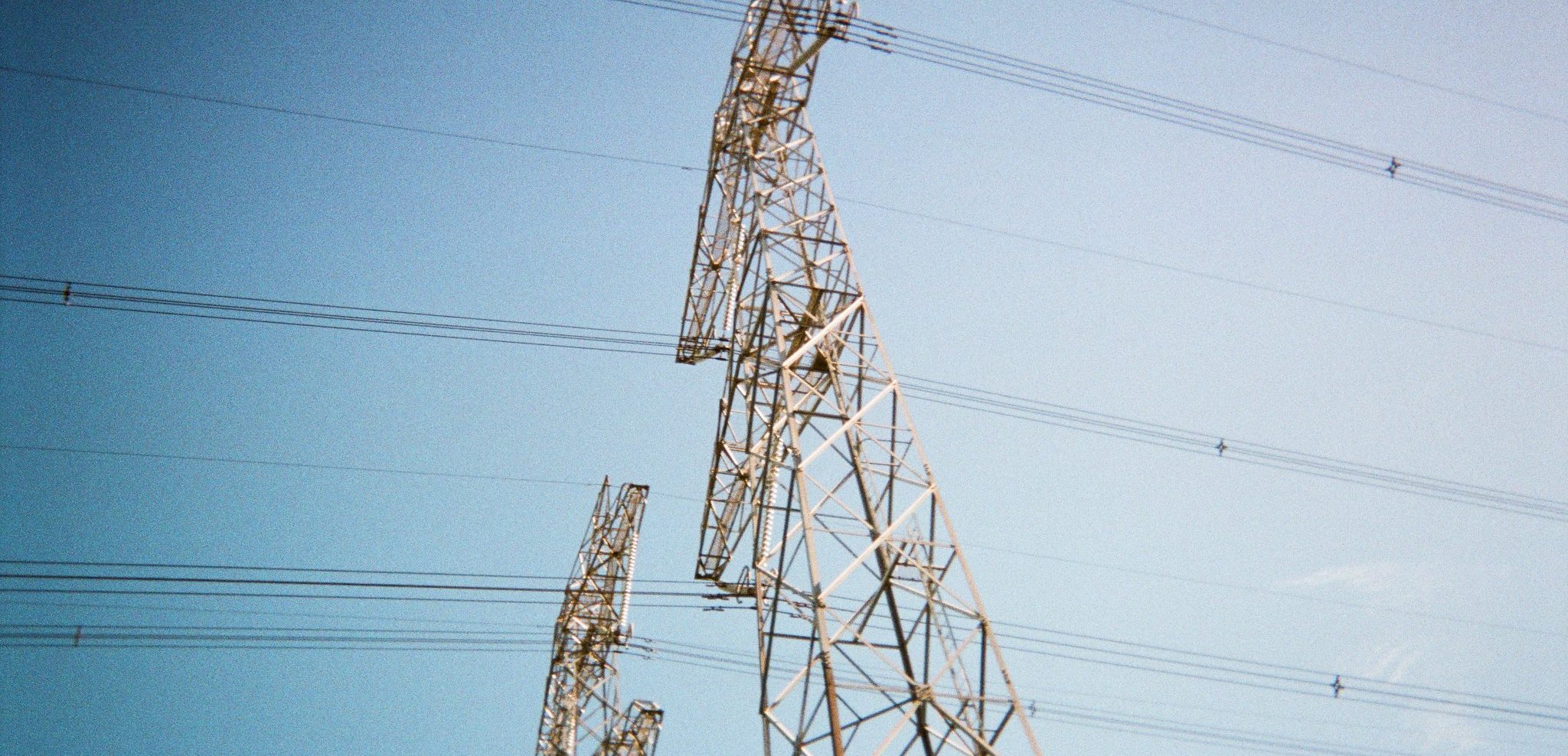
In early April, AEMO published the final Marginal Loss Factors (MLFs) applicable for FY20-21. Broadly speaking the MLF changes are relatively modest compared to the large decreases experienced by many renewable projects in the last two years. Several projects, particularly solar farms in central and north Queensland received modest upgrades. Others were still downgraded, though not by as much as foreshadowed in AEMO’s draft report released in March (for example the problematic West Murray region in NW Victoria / SW NSW).
These outcomes are a reflection of the challenging Australian renewables market, with AEMO citing additional network constraints and a slowdown in new developments as key reasons for the smaller changes.
What does this mean for equity and debt?
The MLF stabilisation is likely to narrow the observable valuation / expectation gap between buyers and sellers. Nevertheless investors should conduct careful due diligence, have an informed view on the MLF trajectory of their potential acquisition targets, and avoid over-extrapolation of the current outcomes.
Although we expect senior debt providers to relax the most severe downside restrictions, there is little doubt that this topic will continue to be a key focus for most credit teams. It remains crucial for sponsors to structure resilient financial packages so that future MLF changes do not cause a critical covenant breach (coverage ratios) and potentially jeopardise returns.
We are conducting additional root-cause analysis on major MLF changes in light of the recent AEMO announcements and will share more insights in due course.
Link to AEMO press release.
